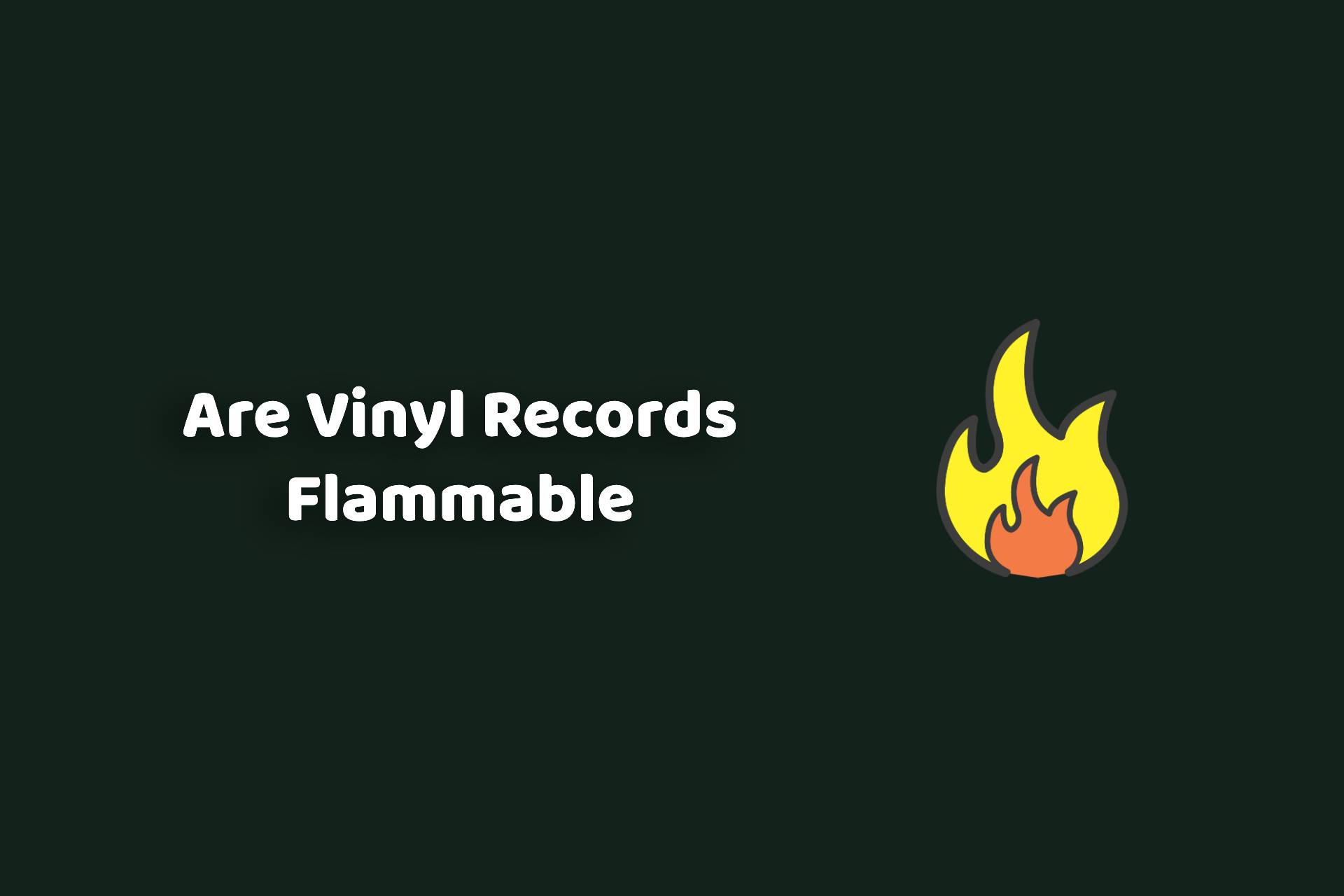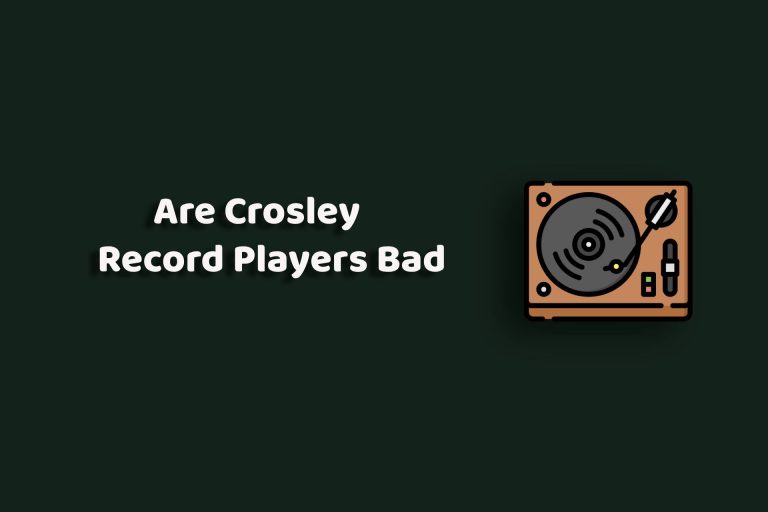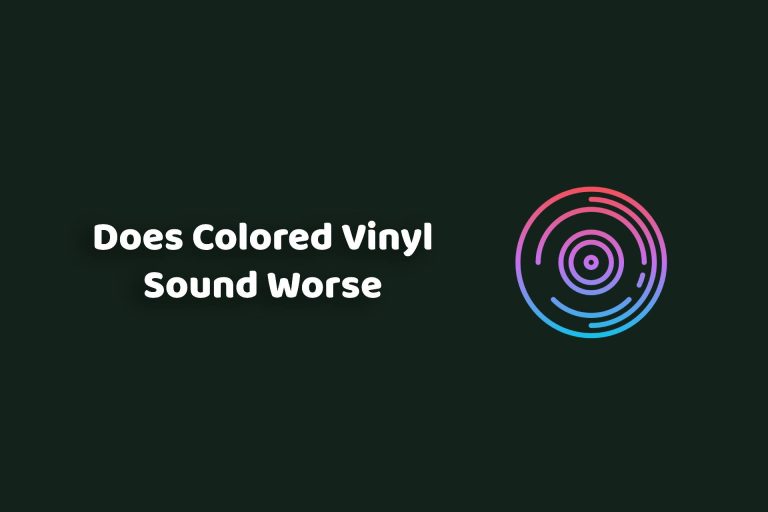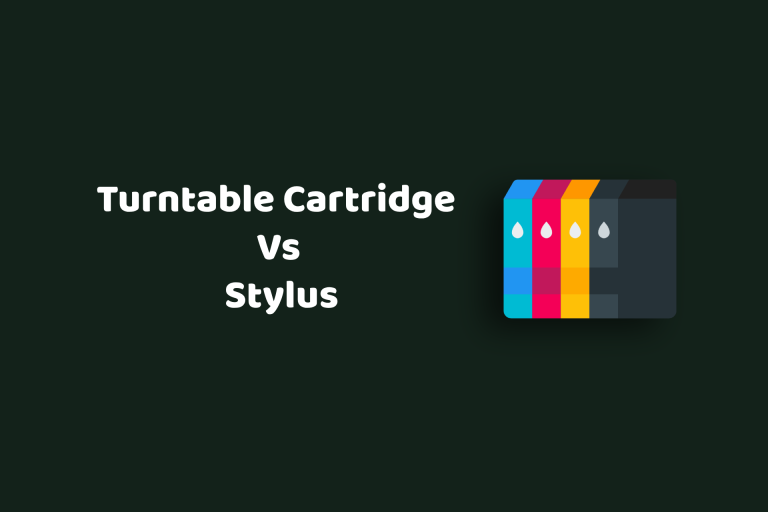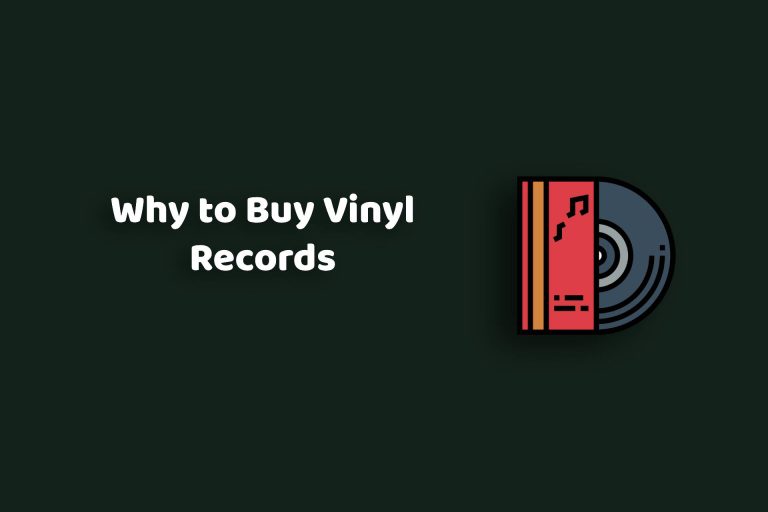Are Vinyl Records Flammable?
Vinyl records have seen consistent growth in sales over the last few years, reaching an astonishing USD 857.2 million in sales by 2029.
Sound quality with custom black vinyl, vintage appeal, and colorful artwork etched on the vinyl records has captured the attention of audiophiles and vinyl lovers worldwide. More and more people nowadays buy vinyl records without considering safety concerns- especially flammability.
Are vinyls potentially a fire hazard for your home or business? Let’s take a look at the science behind the records and try to deconstruct whether fires could actually be their potential hazard.
- What is a vinyl record?
- Material composition of vinyl records.
- Are vinyl records flammable?
- Effect of heat on vinyl records.
- How do you safely store vinyl records to protect from heat damage?
- Play it safe: Store your vinyl collection cool and protected.
What is a Vinyl Record?
A vinyl record is a round disc that is composed of polyvinyl chloride (PVC). To record sound recordings, grooves are cut on its surface during manufacturing and a needle traverses its grooves to pick up vibrations to generate music.
Material Composition of Vinyl Records
Vinyl Chloride (VC) is a volatile, colorless, flammable gas with a pleasant odor. It is widely employed in the plastic manufacturing industry to produce PVC (polyvinyl chloride) which is appreciated because of its resistance against chemicals, mechanical abrasion, and water.
PVC is man-made and therefore responds in a different manner to heat and high temperatures as compared to natural materials like paper and wood. Therefore, learning how a vinyl record responds when exposed to heat is essential when determining its fire hazards.
Manufacturing companies add a mixture of several components to PVC to make a resin mix to improve the audio and strength quality of the vinyl records:
- Polyvinyl chloride (PVC) and Polyvinyl acetate (PVA)
Vinyl records are made of PVC because of its flexibility and durability. PVC is mixed with PVA to generate the foundation of the thermoplastic resin used to make the vinyl record.
- Heat stabilizers
Heat stabilizers are a major ingredient in vinyl record manufacturing. They are frequently made up of metal salts of fatty acids of base metals like lead or tin.
- Plasticizers
Other plasticizers such as phthalate esters and epoxidized soybean oil are mixed into the resin blend to enhance the longevity of vinyl records.
- Colorants
The most usual colorant to be added in the manufacturing process is carbon black, besides which various types of colorants in bright colors can be added to the resin mixture to make colored vinyl.
Here’s an image showing colored vinyl records:
- Lubricants
Lastly, lubricants in the form of hard wax are added to balance the composition of vinyl records.
Here’s how a vinyl record is manufactured:
Are Vinyl Records Flammable?
The polyvinyl chloride used in record production has an auto-ignition temperature of 850℉. But as stated above, when producing vinyl records, heat stabilizers are blended to reduce flammability and enhance the robustness of the records.
Hence, a vinyl record cannot be a point of ignition of fire all by itself when kept under normal temperature levels. But yes, they could turn into flames when exposed to an open fire or intense heat. They tend to begin melting, deforming, or burning releasing harmful fumes like hydrochloric acid, and other toxic chemicals that when inhaled could cause breathing issues in the people nearby.
Effect of Heat on Vinyl Records
Despite their resistance to fire, vinyl records are still heat-sensitive. The effect of heat on vinyl records at varying temperatures can be detrimental.
- Between 65℉ to 70℉
This is the perfect temperature range between which the vinyl records can be stored securely without any unnecessary strain.
- At 140℉
At this temperature, PVC will begin to distort causing your vinyl record to deform from its shape.
- Above 212℉
Vinyl records are expected to become malleable and easily roll up.
Here’s an image showing how the vinyl records warped due to heat waves across America in 2021,
How Do You Safely Store Vinyl Records to Protect from Heat Damage?
Heat effects can cause severe damage to your records. As discussed vinyl records are not combustible on their own but inadmissible storage close to heat storage can be dangerous. Here are the two important tips that you can use to safeguard your vinyl record collection:
- Keep vinyls away from direct sunlight.
Vinyl records placed in direct sunlight for a longer period are prone to damage because of the UV rays from the sunlight. This may result in the warping of the records- Learn how to flatten vinyl records?
- Control high heat temperature fluctuations nearby.
Avoid placing them close to open flames, heaters, radiators, or candles, because they can produce varying temperatures, making vinyl records to bend, roll, or burn under extreme heat conditions. Try to keep them in spaces with an ambient room temperature of 65℉ to 70℉ at all times.
Play it Safe: Keep your Vinyl Collection Cool and Protected
Several environmental factors can be a threat to your records and heat damage is one of them that needs to be addressed seriously. Whether you are an occasional listener or an avid vinyl collector, taking basic precautions will allow you to enjoy your records for decades to come- without the danger of making your favorite album a fire hazard. Store your collection in dry, cool places, and move it away from any open fires, or heat sources, and its longevity and security are guaranteed. Want to learn more about how you can safely store your vinyl collection-? Let’s explore all about vinyl records, contact Turntablely.
